KYIV, Ukraine—Parts of Ukraine are at risk of becoming submerged in toxic water from spring flooding after a winter of unusually heavy snowfall, warn ecologists.
The country has been experiencing heavy snowfalls for last several months mostly in the south and east of Ukraine. Heavy frosts have also caused the country’s main rivers, including Dnieper, Dniester, Seversky Donets and South Buh, to freeze.
Forecasters promise warm weather in March. They predict that the more rapidly the snow melts, the faster river water levels will rise which would flood nearby residents.
“The earth got wet and then froze. Now the snow will be melting, and the water will not drain into the earth,” said Aleksey Vasiluk, an expert at the National Ecological Center.
At the same time, forecasters say they cannot predict the severity of the potential threat.
“Nobody will say exactly whether there will be flooding. Nobody will say exactly what scale will be,” said Vasiluk.
Nonetheless, slight flooding has already begun in the southern and eastern regions of the country, according to minister of Emergency Measures, Vladimir Shandra. It is expected that both the Desna and South Buh rivers in western Ukraine will burst.
The Capital at Risk
The capital Kyiv suffered great floods in the 1970s due to spring time melt-off from heavy snowfall. The main attention is now on the Dnieper River, which flows through the center of the capital.
“The main waters of that river are outside Ukraine. Sixty-six percent are in Russia and Belarus,” said the ecologist. According to Vasiluk, the river water flowing into Ukraine can be regulated through adjusting water levels in the reservoir.
Vasiluk thinks that there is an increased danger of flooding, as a result of construction in the village Koncha–Saspa, downriver from Kyiv.
Time Bomb
Spring flooding may lead to increased water levels in the Dombrovsky Reservoir which could prove deadly if it gets into nearby lakes, says local official Vasiliy Petriv. The reservoir is located close to a former potassium-processing factory in the nearby town of Kalush.
The factory has been closed for about 15 years. Earlier, the area had been the heart of Ukraine’s chemical production. It contains more than 530 million cubic feet of toxic wastewater in which “almost all Mendeleev’s [periodic] table can be found,” former President Viktor Yushchenko once said.
It has been documented by local authorities that people living in the area have higher rates of cancer and other diseases.
A dam separates the toxic site from the aquifers. “If the dam breaks during flooding, it is possible that the reservoir will be filled in one or two days. The chemical waste will come up to the aquifers and then into the lakes which are the tributaries of the Dniester River,” said Petriv.
The Dniester River covers most of Ukraine and parts of Moldavia.
The U.N. and the EU, along with Ukraine are looking for ways to prevent such an ecological catastrophe.
The country has been experiencing heavy snowfalls for last several months mostly in the south and east of Ukraine. Heavy frosts have also caused the country’s main rivers, including Dnieper, Dniester, Seversky Donets and South Buh, to freeze.
Forecasters promise warm weather in March. They predict that the more rapidly the snow melts, the faster river water levels will rise which would flood nearby residents.
“The earth got wet and then froze. Now the snow will be melting, and the water will not drain into the earth,” said Aleksey Vasiluk, an expert at the National Ecological Center.
At the same time, forecasters say they cannot predict the severity of the potential threat.
“Nobody will say exactly whether there will be flooding. Nobody will say exactly what scale will be,” said Vasiluk.
Nonetheless, slight flooding has already begun in the southern and eastern regions of the country, according to minister of Emergency Measures, Vladimir Shandra. It is expected that both the Desna and South Buh rivers in western Ukraine will burst.
The Capital at Risk
The capital Kyiv suffered great floods in the 1970s due to spring time melt-off from heavy snowfall. The main attention is now on the Dnieper River, which flows through the center of the capital.
“The main waters of that river are outside Ukraine. Sixty-six percent are in Russia and Belarus,” said the ecologist. According to Vasiluk, the river water flowing into Ukraine can be regulated through adjusting water levels in the reservoir.
Vasiluk thinks that there is an increased danger of flooding, as a result of construction in the village Koncha–Saspa, downriver from Kyiv.
Time Bomb
Spring flooding may lead to increased water levels in the Dombrovsky Reservoir which could prove deadly if it gets into nearby lakes, says local official Vasiliy Petriv. The reservoir is located close to a former potassium-processing factory in the nearby town of Kalush.
The factory has been closed for about 15 years. Earlier, the area had been the heart of Ukraine’s chemical production. It contains more than 530 million cubic feet of toxic wastewater in which “almost all Mendeleev’s [periodic] table can be found,” former President Viktor Yushchenko once said.
It has been documented by local authorities that people living in the area have higher rates of cancer and other diseases.
A dam separates the toxic site from the aquifers. “If the dam breaks during flooding, it is possible that the reservoir will be filled in one or two days. The chemical waste will come up to the aquifers and then into the lakes which are the tributaries of the Dniester River,” said Petriv.
The Dniester River covers most of Ukraine and parts of Moldavia.
The U.N. and the EU, along with Ukraine are looking for ways to prevent such an ecological catastrophe.
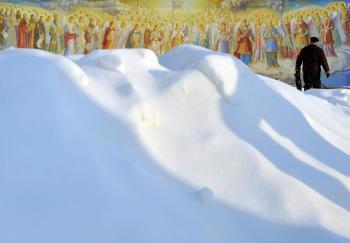
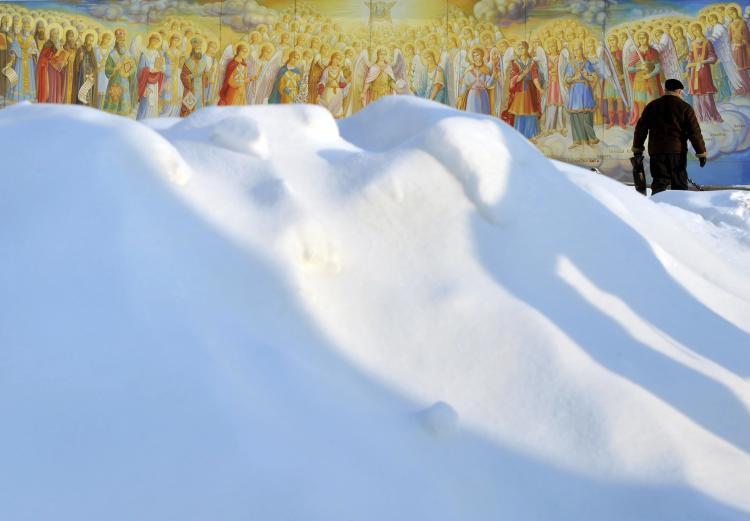
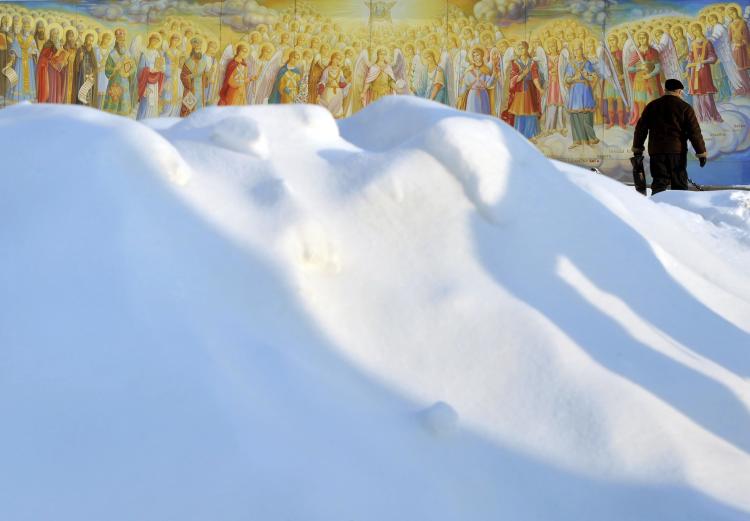
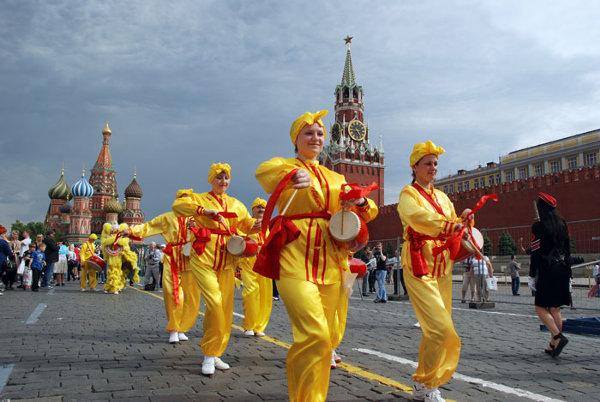

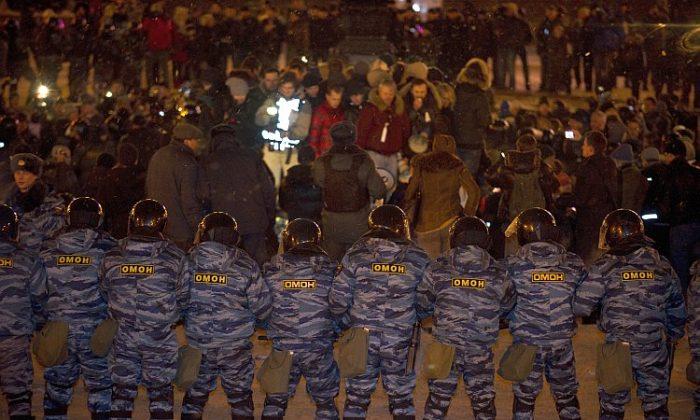
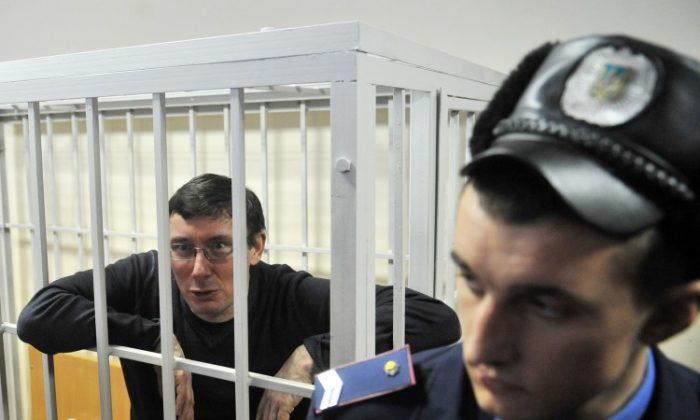
Friends Read Free